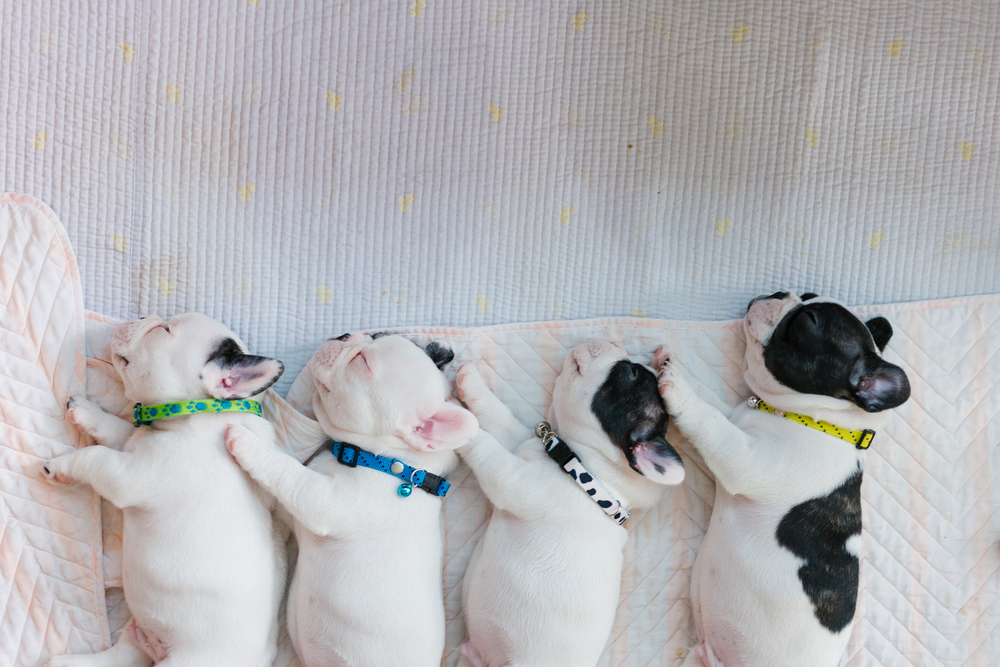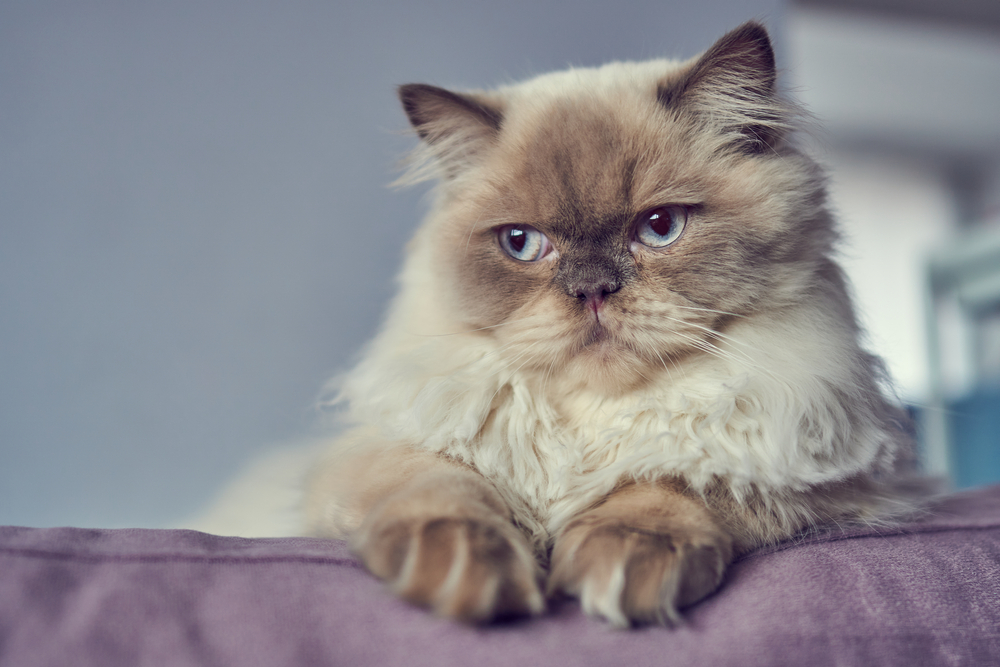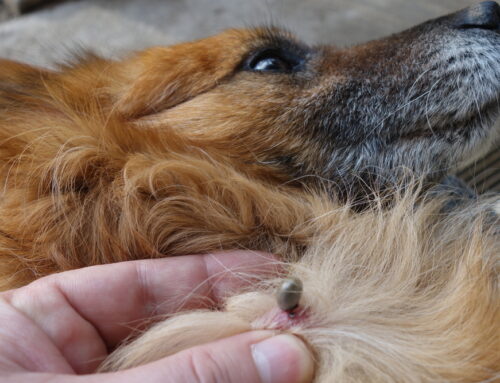Many pet owners adopt brachycephalic breeds because their flat faces are adorable, but these pets can experience many health challenges. The veterinarians in south Austin want to help by offering information about what issues affect these cute pets.
Brachycephalic pet features
The term brachycephalic comes from the Greek roots brachy, meaning short, and cephalic, meaning head. Brachycephalic pets have a short, wide skull and a compressed upper jaw, and breeding these pets with this cosmetic appearance has compromised them in many ways. If you own a brachycephalic pet or are planning to adopt one, you should be aware of their issues. Brachycephalic pets include:
- Dogs — Brachycephalic dog breeds include pugs, Boston terriers, bulldogs, Pekingese, boxers, shih tzus, and Cavalier King Charles spaniels.
- Cats — Brachycephalic cat breeds include Persians and Himalayans.
Brachycephalic pets and breathing challenges
A brachycephalic pet’s anatomy can restrict their ability to breathe easily, a condition called brachycephalic obstructive airway syndrome (BOAS). In addition, brachycephalic pets are inefficient panters, putting them at higher risk for heatstroke since panting is the main way pets cool themselves. Abnormalities that lead to BOAS include:
- Stenotic nares — Brachycephalic pets often have extremely small, slit-like nasal openings that cause them to open-mouth breathe and pant, since they cannot breathe appropriately through their nose.
- Enlarged tongue — Brachycephalic pets can have a large, thick tongue that contributes to the airway obstruction. French and English bulldogs seem particularly predisposed to this condition.
- Elongated soft palate — The soft palate, which separates the oral cavity from the nasal passages, extends into the throat, creating snorting sounds, and impeding breathing.
- Tracheal stenosis — Brachycephalic pets can have a narrowed windpipe. English bulldogs seem particularly predisposed to this condition, which can increase their anesthetic risk. Brachycephalic pets should have chest X-rays prior to a general anesthesia to ensure they aren’t affected.
- Everted laryngeal saccules — Two small pockets (i.e., saccules) are located in the normal larynx. When a brachycephalic pet has to increase their respiratory effort, these saccules can turn inside out, obstructing the airway.
In mild BOAS cases, keeping your pet at a healthy weight and avoiding stress and heat can prevent problems, but in severe cases, surgical intervention is necessary.
Brachycephalic pets and gastrointestinal challenges
Brachycephalic pets who inhale strongly to overcome their upper airway obstruction may experience gastrointestinal problems, including:
- Esophageal reflux — Stomach contents reflux back into the esophagus, causing inflammation and pain.
- Food retention — Food remains in the stomach for extended periods, causing nausea and sometimes vomiting.
Weight control can help alleviate these issues, and surgically correcting the respiratory obstruction usually corrects the gastrointestinal problems.
Brachycephalic pets and eye challenges
Because brachycephalic pets have shallow eye sockets, their eyes are prominent, and therefore vulnerable. Complications include:
- Lagophthalmos — Pets whose eyes are so prominent that they cannot fully close their lids are susceptible to irritation and drying at the center.
- Nasal fold irritation —Many brachycephalic pets have a fold between their nose and eyes which can rub the cornea, causing irritation and potentially ulceration.
- Entropion — A brachycephalic’s facial anatomy can cause their eyelids to roll inward, resulting in their eyelashes rubbing the cornea.
- Keratoconjunctivitis sicca (KCS) — KCS (i.e., dry eye) can occur because tear ducts may be disrupted, leading to poor tear production.
Brachycephalic pets and dental challenges
Brachycephalic pets have the normal number of teeth, but because of their facial structure, their teeth are overcrowded and grow at odd angles. This leads to food particles becoming trapped between their teeth, attracting bacteria, and causing inflammation and infection around their teeth and gums.
Brachycephalic pets and skin and ear challenges
Brachycephalic pets commonly have skin folds around their face and at their tail base that form a warm, moist place where bacteria and fungi can accumulate. This causes a painful skin infection that can be difficult to manage, and the folds may need surgical removal to effectively prevent the problem. Brachycephalic pets also tend to have narrowed ear canals, which puts them at higher risk for ear infections.
Brachycephalic pets and spinal challenges
Some brachycephalic breeds, including the French bulldog, pug, and Boston terrier, have a tail malformation where the tail bones fuse together, resulting in a curly tail. These pets have a high risk of other spinal deformities that can cause problems, such as an inability to move normally, spinal pain, and urinary incontinence.
Brachycephalic pets and birthing challenges

Many brachycephalic pets experience birthing difficulties, because the puppy’s head and shoulders are much wider than the mother’s hips and birth canal. Difficult labor is common, and Caesarean section is frequently necessary to save the mother and puppy. In addition, the difficult labor can exacerbate the mother’s breathing difficulties, putting her at risk for respiratory distress.
If you are considering adopting a brachycephalic pet, have your south Austin veterinarian perform a pre-adoption evaluation to ensure they aren’t severely affected by brachycephalic challenges. If you currently own a brachycephalic pet, keep them at a healthy weight, and don’t breed them if they have significant complications.
If your brachycephalic pet is experiencing challenges, or you have questions about these breeds, contact our veterinarians in south Austin at Oliver Animal Hospital, so we can address the issues.







Leave A Comment